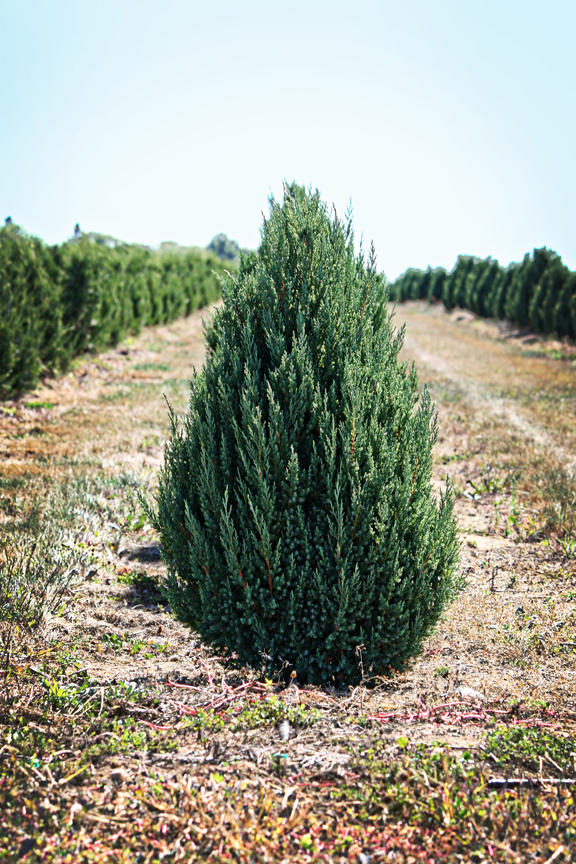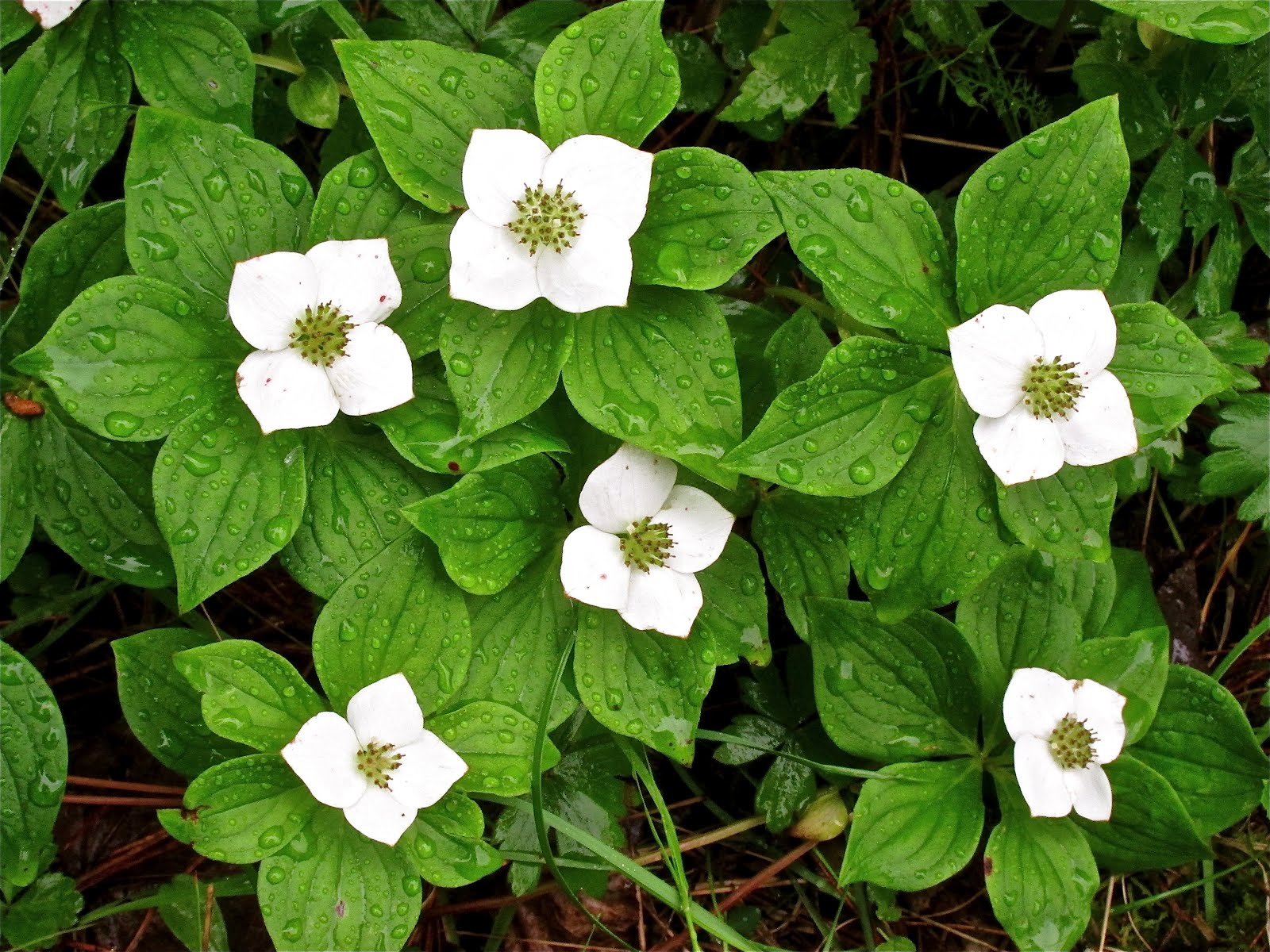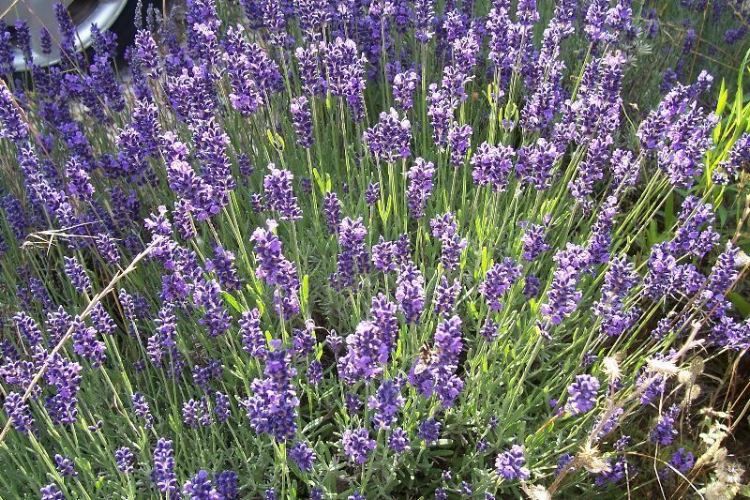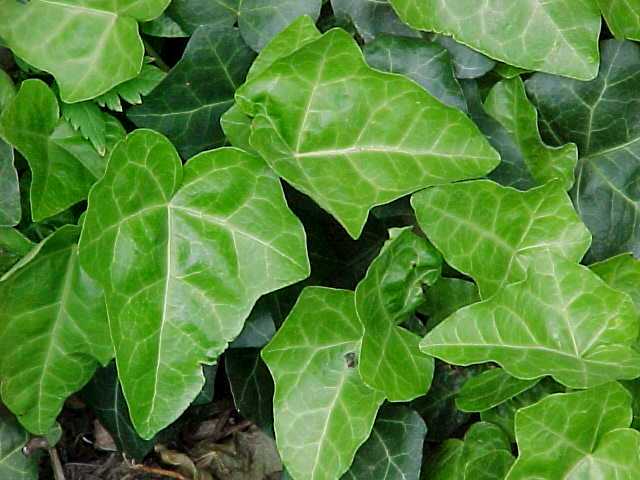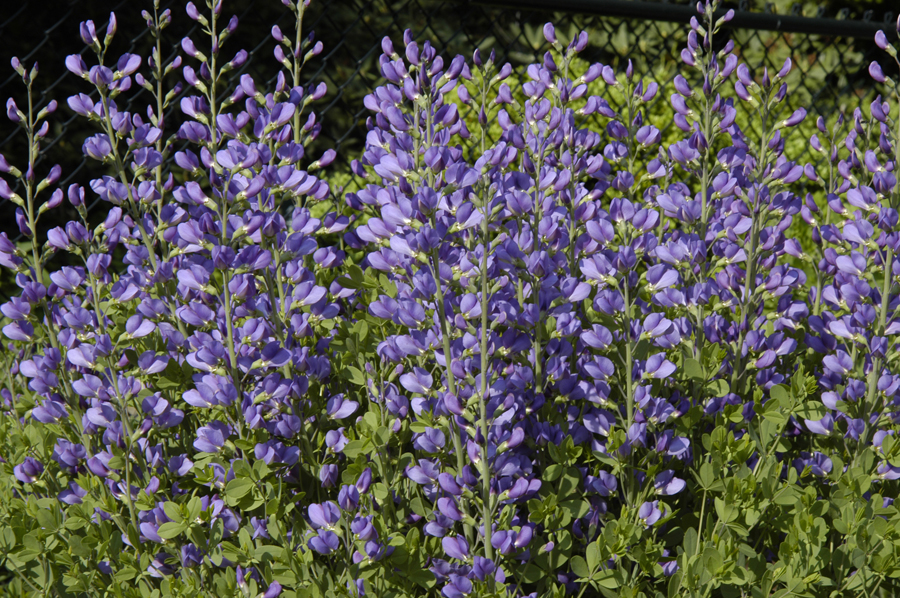Protecting Your Plants from Deer Damage
Living on the East End, most of us encounter deer on a regular basis, whether it’s driving around town or in our own yards. Many gardeners have been limited to a small selection of plant material that the deer do not find very tasty. But even these plants can see damage from season to season. In spring, as tender new growth emerges, curious fawns may “nibble” our plants in order to find something delectable. Depending on population of deer, “nibbling” can decimate our landscapes. Although these plants do flush new growth, deer repellents do help to keep the “nibbling” to a minimum, especially on our one time bloomers like daffodils, which the deer in my yard thought looked better bitten off and spread on the ground. During the summer months, as gardeners introduce new plants to their yards, these curious deer need to see if they are worth eating. Deer sprays are also recommended for this time.
In the fall, especially October and November, male deer start to shed the pubescence from their antlers. In order to remove it, they fiercely thrust their antlers into our shrubs and against tree trunks, causing major scaring and torn branches. In order to protect our plants from this damage, trunk wraps are applied to trees and netting is wrapped around susceptible shrubs. These things are best left through on the winter and removed in the spring because damage to many evergreens and tree trunks can continue due to lack of food available. You may also want to apply a winter deer repellant to evergreens that may generally be deer resistant for this same reason.
Below is a list of plants we sell here at Shade Trees that are rarely or never eaten by deer. This list has been revised to reflect the most recent accounts. However, depending on location and deer population, you may find some things on this list that the deer in your area are eating. This is simply a guide line and it is best to see what plants in your area are not being eaten and use those plants as a foundation for your purchases. Also, depending on population and fawn count, you may find that mere “nibbling” may cause damage. It is still a good idea to always use deer repellent on newly planted materials or at times when young deer are “grazing”. And as always, in order to keep this list accurate, we do appreciate any reports of plants either on this list or not that the deer in your neighborhood are or are not eating:
Plants rarely or never eaten by deer
Juniperus scopularum (Blue Juniper)
Trees & Shrubs
Betula sp. (Birch)
Berberis sp. (Barberry)
Buxus sempervirens (Common Boxwood)
Caryopteris x clandonensis (Blue Mist Shrub)
Cephelotaxus harringtonia (Plum Yew)
Cupressus arizonica (Blue Ice Cypress)
Hypericum sp. (St. Johns Wort)
Juniperus chinensis (Chinese Juniper)
Juniperus scopularum (Blue Juniper)
Lagerstoemia sp. (Crape Myrtle)
Leucothoe sp. (Leucothoe)
Mahonia sp. (Oregon Grape Holly)
Myrica pennsylvatica (Bayberry)
Osmanthus heterophyllus (False Holly)
Picea pungens 'glauca' (Colorado Blue Spruce)
Pieris sp. (Andromeda)
Skimmia sp. (Skimmia)
Spiraea sp. (Spirea)
Vitex agnus-castus (Chaste Tree)
Cornus canadensis (Bunchberry)
Ground Covers & Vines
Ajuga reptans (Bugleweed)
Alyssum saxatile (Basket of Gold)
Arctostophylos uva-ursi (Bearberry or Kinickinick)
Calluna sp. (Heather)
Cerastium tomentosum (Snow-in-Summer)
Ceratostigma plumbaginoides (Plumbago)
Cornus canadensis (Bunchberry)
Convallaria majalis (Lily-of-the-Valley)
Erica sp. (Spring Heath)
Gallium odoratum (Sweet Woodruff)
Gaultheria procumbens (Creeping Wintergreen)
Lamium maculatum (Dead Nettle)
Microbiota decussata (Russian Cypress)
Pachysandra terminallis (Pachysandra)
Sagina subulata (Irish Moss)
Sarcococca humillis (Himalayan Sweet Box)
Vinca minor (Perriwinkle)
Adiantum pendatum (Maiden Hair Fern)
Ornamental Grasses & Ferns
Adiantum pendatum (Maiden Hair Fern)
Athyrium nipponicum (Japanese Painted Fern)
Briza media (Quaking Grass)
Calamagrosis acutiflora (Feather Reed Grass)
Carex morrowii (Japanese Sedge)
Chasmanthium latifolium (Northern Sea Oats)
Dennstaedtia punctilobula (Hay Scented Fern)
Matteuccia struthiopteris (Ostrich Fern)
Hokonechloa macra (Japanese Forest Grass)
Miscanthus sinensis (Maiden Grass)
Osmunda cinnamomea (Cinnamon Fern)
Osmunda claytoniana (Interrupted Fern)
Osmunda regalis (Royal Fern)
Panicum virgatum (Switch Grass)
Pennisetum sp. (Fountain Grass)
Polystrichum acrostichoides (Christmas Fern)
Lavandula angustifolia (Lavender)
Perennials & Biennials
Agastache sp. (Anise Hyssop)
Anemone sp. (Anemone)
Angelica arcangelica (Angelica)
Aquilegia sp. (Colombine)
Artemesia schmidtiana (Wormwood)
Asclepias tuberosa (Butterfly Weed)
Campanula carpatica (Bellflower)
Centurea sp. (Knapweed)
Chrysanthemum sp. (Mums and Daisies)
Cimicifuga racemosa (Bug Bane)
Coreopsis verticillata (Tick Seed)
Corydalis sp. (Corydalis)
Dianthus sp. (Pinks)
Dicentra sp. (Bleeding Heart)
Epimedium sp. (Barrenwort)
Eupatorium sp. (Joe Pye Weed)
Gaillardia pulchella (Blanket Flower)
Lavandula angustifolia (Lavender)
Leucanthemum superba (Shasta Daisy)
Ligularia sp. (Ligularia)
Lythrum sp. (Purple Loosestrife)
Nepeta sp. (Cat Mint)
Oenothera sp. (Sun Drops)
Papaver orientale (Oriental Poppy)
Perovskia atriplicifolia (Russian Sage)
Polemonium ceruleum (Jacob's Ladder)
Primula sp. (Primrose)
Pulmonaria sp. (Lungwort)
Salvia sp. (Meadow Sage)
Tiarella sp. (Foam Flower)
Veronica latifolia (Hungarian Speedwell)
Viola labridorica (Labrador Violet)
Plants seldom or occasionally eaten by deer
Enkianthus campanulatus (Red Viened Enkianthus)
Trees & Shrubs
Aesculus parviflora (Bottlebrush Buckeye)
Andromeda polifolia (Bog Rosemary)
Azalea exbury hybrids (Exbery Azalea)
Buddleia davidii (Butterfly Bush)
Cornus florida (American Dogwood)
Cornus kousa (Kousa Dogwood)
Crataegus laevigata (Hawthorn)
Cryptomeria japonica (Japanese Cedar)
Cupressocyparis leylandii (Leyland Cypress)
Cytisus scoparius (Scotch Broom)
Enkianthus campanulatus (Red Viened Enkianthus)
Fagus sylvatica (European Beech)
Forsythia intermedia (Forsythia)
Ilex glabra (Inkberry)
Ilex 'Nellie Stevens' (Nellie Stevens Holly)
Itea virginiana (Summer Sweet)
Kalmia latifolia (Mountain Laurel)
Kolkwitzia amabalis (Beauty Bush)
Ligustrum sp. (Privet)
Magnolia soulangiana (Saucer Magnolia)
Picea abies (Norway Spruce)
Picea glauca (White Spruce)
Pinus flexis (Limber Pine)
Pinus mugho (Mugo Pine)
Pinus rigida (Pitch Pine)
Pinus strobus (Eastern White Pine)
Pinus sylvestris (Scotts Pine)
Potentilla fruiticosa (Potentilla)
Prunus lauroceracus (Cherry Laurel)
Prunus maritima (Beach Plum)
Prunus serrulata (Japanese Cherry)
Pyracantha coccinea (Fire Thorn)
Rhododendron 'PJM' (PJM Rhododendron)
Rhododendrom Roseum Elegans (Roseum Elegans Rhododendron)
Salix sp. (Willow)
Sambucus canadensis (Elderberry)
Syringa vulgaris (Common Lilac)
Weigela florida (Weigela)
Hedera helix (English Ivy)
Ground Covers & Vines
Clematis sp. (Clematis)
Cotoneaster sp. (Cotoneaster)
Hedera helix (English Ivy)
Lonicera sp. (Honeysuckle)
Phlox divaricata (Wood Phlox)
Phlox stolonifera (Groundcover Phlox)
Phlox subulata (Creeping Phlox)
Wisteria sp. (Wisteria)
Baptisia australis (False Indigo)
Perennials & Biennials
Achillia sp. (Yarrow)
Actaea sp. (Snake Root)
Agapanthus sp. (African Lily)
Armeria maritima (Sea Thrift)
Astilbe sp. (False Spirea)
Baptisia australis (False Indigo)
Chelone sp. (Turtle Head)
Geranium x cantabrigiense (Cranesbill)
Helleborus sp. (Lenten Rose)
Iris sp. (Iris)
Kirengeshoma palmata (Kirengeshoma)
Lilium lancifolium (Tiger Lily)
Lobelia cardinalis (Cardinal Flower)


